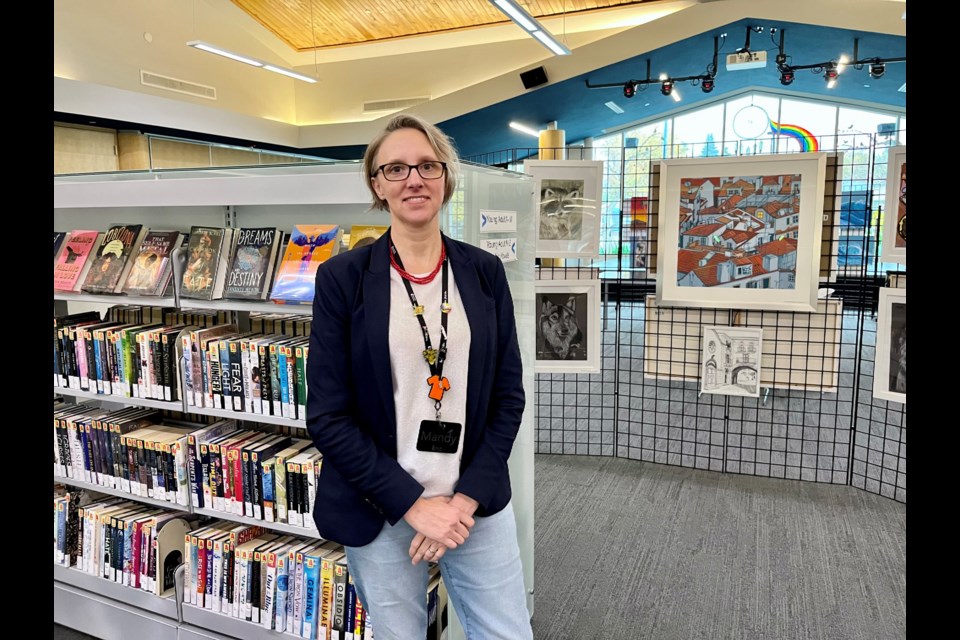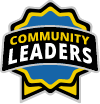Once upon a time, a librarian’s job was all about books.
Mandy Pethick remembers those days. It’s what first drew her to this career — a love of books and reading — but that was in the 1990s.
Much has changed since then. Those days of ‘shushing and shelving’ are long gone.
Pethick, manager of library services and collection services at the Innisfil ideaLAB and Library, still loves books, but she loves libraries even more, now that they’ve been reinvented for the modern age.
“Growing up, we were a family of readers. Going to the library was always a part of my childhood,” she recalls.
Today’s libraries are different places, says Pethick, who graduated with her master’s in library and information science and has been working as a librarian in Innisfil for 21 years.
When she started her career, her class at Western University was the first to have email accounts, and much of their research was found in books.
Books are still an important resource, but, like those first few emails, most information is now online.
“I remember having 20-volume sets and having to go through multiple volumes … it could take hours. It’s far more accessible and easier now because you can type in words and search for something,” she says.
“Conversely, there’s so much more information that it’s harder to navigate, harder to sort through and figure out what is good information.”
That’s a big part of a librarian’s job these days: helping with not just traditional literacy, but digital and media literacy, too.
In the library’s MediaLAB, for example, one can find video editing equipment, a sound recording booth, graphic design station, specialized professional software and a chance to explore projects like preserving family photos or recording an album or a podcast.
Tinkershops help visitors create a design and bring it to life or shop for products created in the HackLAB.
Today’s librarians are also there to help people navigate the online world.
“We have people come here who can’t use a computer, never touched a smartphone, and they have to go online and fill out an extensive government form in order to access services,” Pethick says.
“Digital literacy is necessary to be a full participant in society, and the digital divide has grown massively. If you don’t have the skills or tools, you’re left behind.”
Whether it’s fostering a four-year-old’s love for reading, overseeing monarch butterfly rearing or pollinator gardens, or helping seniors learn Zoom so they can meet with their doctors online, the common thread, for the librarian of the future, is people.
“You have to want to help and engage,” she says.
“We are a community, and that’s important in a place like Innisfil, where we don’t have as many services … museums or galleries.”
It’s a space for social-service agencies to meet with clients, a hub to make new friends, where teens can hang out without needing to buy something and where newcomers in this increasingly diverse population can get to know their community.
“Someone came in the other day who spoke no English,” Pethick recalls. “Turkish was her only language, but one of my staff was able to help her because she had a translation app on her phone and they could communicate.”
Innisfil librarians often greet visitors by name — a perk that comes with this smaller library system — and they often set aside books or DVDs they know their regulars will enjoy.
Books are still important, but old-fashioned ‘shelving’ falls primarily to teenaged after-school helpers.
As for ‘shushing,’ that rarely happens anymore.
“When things are too quiet, I wonder what’s wrong,” Pethick says with a laugh.
On this particular cool, rainy fall day, it’s cozy and muted at the Innisfil Beach Road location — just a few women in a knitting circle, a book browser and a handful of students quietly working on laptops in study booths.
On another day, it will look and sound different with song circles and toddler time.
“It can, at times, be a little rambunctious,” Pethick says, “but it creates energy in the space where it’s enjoyable to be.”






